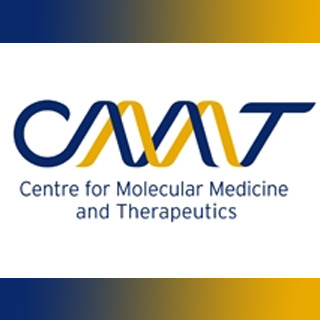
This study seems to be a chief progress in explaining the function and structure of an epigenetic regulator, said to be usually caught up in human leukemia and other human diseases.
Alice Wang and Julia Schulze, two PhD candidates in Dr. Kobor’s laboratory, conducted this study in partnership with experts at the University of California, Berkeley.
Chromatin biology is claimed to be vital to epigenetics, which is apparently a support for environmental regulation of the genome role. The chromatin regulator Yaf9 is believed to include a module known as the YEATS domain. This molecule is said to be discovered in other proteins caught up in chromatin regulation and cancer.
Apparently, the molecular structure and role of YEATS domain proteins appears to be an unsettled mystery in the subject of epigenetics. By means of superior X-ray crystallography, the team supposedly gained the first comprehensive image at atomic resolution of the YEATS domain.
In addition, the authors apparently exposed that its role is alleged to be preserved from yeast to human. They also seemed to uncover a prerequisite of the YEATS domain for two diverse mechanisms by which chromatin could be altered.
The study was published in the Proceedings of the National Academy of Sciences.
